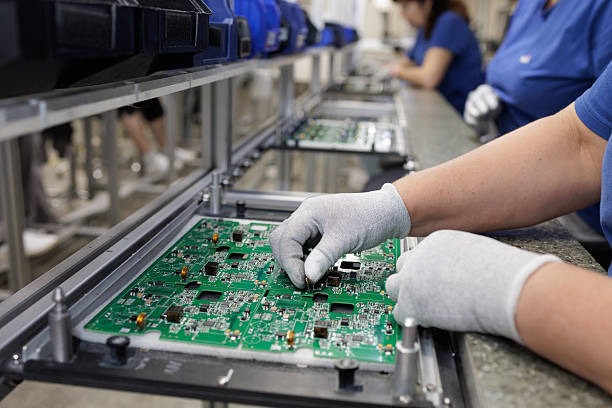When it comes to managing heat in high-performance electronic devices, the choice of heat sink material is crucial. Among the myriad options available, tungsten copper composites have emerged as a popular choice due to their unique combination of properties. Understanding why and how to choose the right tungsten copper heat sink material can significantly impact device performance and longevity.
Tungsten copper composites are renowned for their excellent thermal conductivity and low coefficient of thermal expansion (CTE). This combination makes them ideal for applications where efficient heat dissipation is critical, such as in power electronics, RF packages, and avionics. The high thermal conductivity ensures that heat generated by electronic components is efficiently transferred away from sensitive areas, reducing the risk of overheating. Meanwhile, the low CTE helps maintain structural integrity by minimizing expansion or contraction with temperature fluctuations.
Choosing the appropriate tungsten copper composite involves considering several factors. First and foremost is the specific application environment. Different applications may demand varying levels of thermal management capabilities. For instance, aerospace applications often require materials that can withstand extreme temperatures while maintaining structural stability. In contrast, consumer electronics might prioritize cost-effectiveness alongside adequate thermal performance.
The composition ratio between tungsten and copper plays a pivotal role in https://amt-mat.com/understanding-tungsten-copper-heat-sinks/ determining these properties. A higher percentage of tungsten generally enhances mechanical strength and reduces CTE but may compromise on electrical conductivity slightly compared to a higher copper content composite. Conversely, increasing copper content improves electrical conductivity but might lead to a higher CTE value than desired for certain precision applications.
Manufacturing processes also influence the final properties of tungsten copper composites. Techniques such as infiltration or powder metallurgy can affect grain structure and density which subsequently impacts thermal performance characteristics like conductivity or resistance to deformation under stress.
Cost considerations cannot be overlooked when selecting materials for mass production scenarios versus specialized uses where budget constraints might not be as stringent. While tungsten itself tends to be expensive due to its rarity and complex extraction process, optimizing its use within a composite matrix with more affordable metals like copper allows balancing costs without sacrificing essential functional attributes needed by modern technology sectors demanding reliable cooling solutions.
Lastly yet importantly is supplier reliability; sourcing from reputable manufacturers ensures consistency in quality across batches which translates directly into predictable product performance over time—an aspect particularly vital when dealing with mission-critical systems where failure isn’t an option.
In conclusion though technical specifications guide initial selection phases comprehensively evaluating operational demands against material capabilities yields optimal results ensuring devices operate efficiently safely throughout intended service lifespans leveraging advanced engineering innovations embodied within cutting-edge materials science developments today exemplified perfectly through versatile adaptable nature offered uniquely via sophisticated engineered formulations found specifically among elite class represented exclusively herein namely: Tungsten Copper Heat Sinks!




